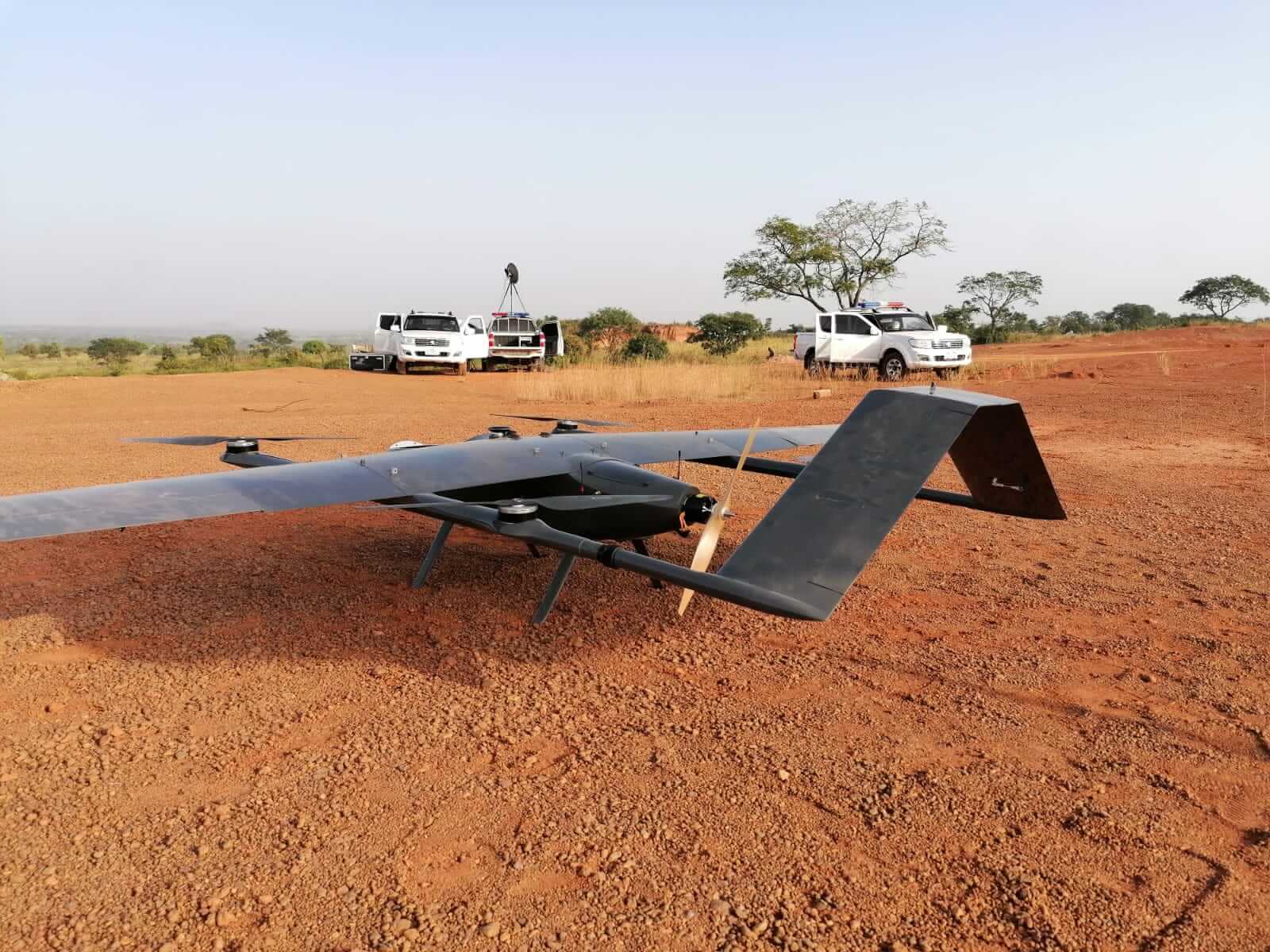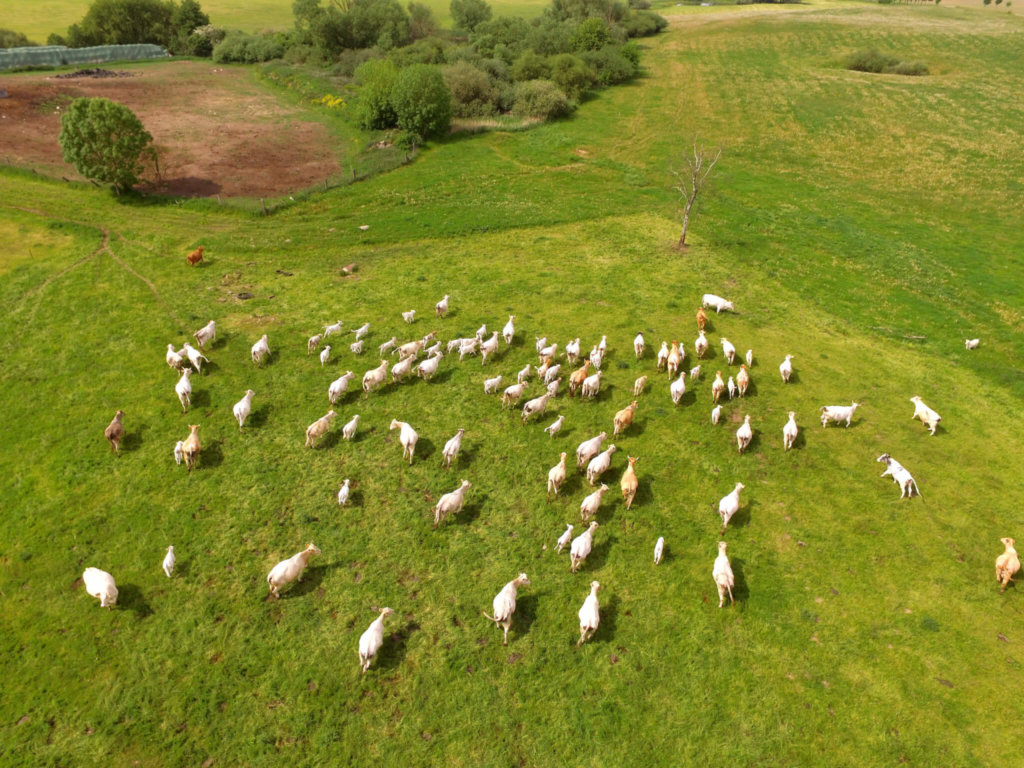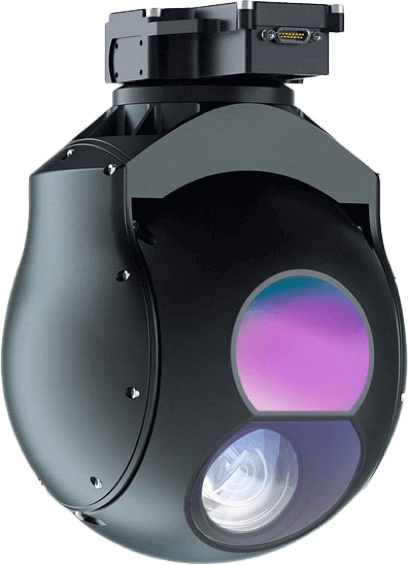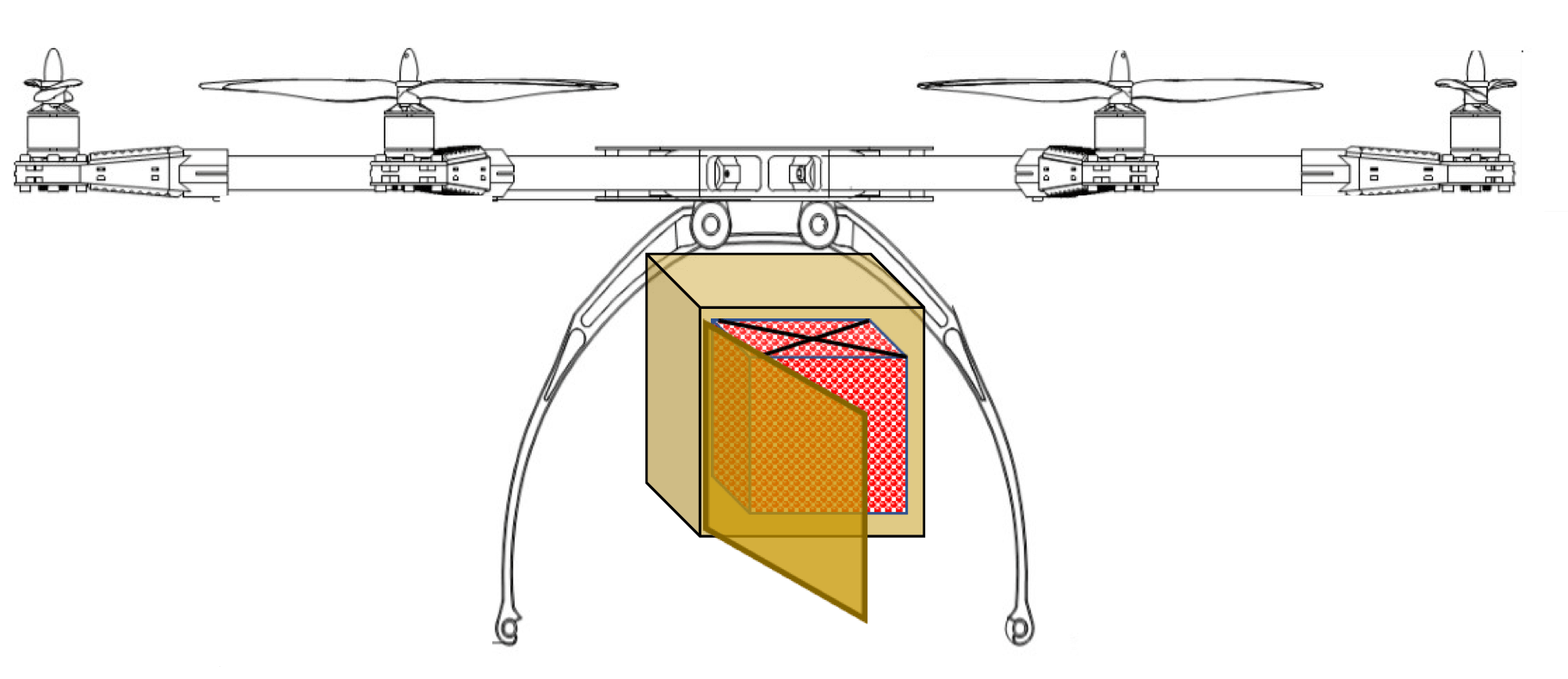How far can drones fly? How long will they last? Are they too expensive for an average person to own? Are they safe? And are they worth the cost?
These are the common questions people ask when buying expensive products, such as long-range commercial drones.
The answers to these questions ultimately depend on the outcome you need, and your budget.

Long-Range Drone Features
To help you with your search, here’s a quick guideline for buying long-range commercial drones.
The standard applications of long-range drones usually include two basic features: flight time and range.
Flight Time
Commercial use requires longer drone flight times. Long-range drones can fly from 30 to 80 minutes of continued use. This should be efficient enough to serve larger area requirements.
Range
Long-range commercial drones should be able to fly a distance of 80-150 kilometers. The latest technology equips drones with antenna tracking that enables drones to travel this range, and further.
Buying Tips For Long-Range Commercial Drones
If you need to use a drone for your business, ensure that you are ready for an investment. The longer flying time and reach you require in a drone are likely to require larger investments. However, even if with these larger investments, commercial drones designed for business easily pays the investment back in very short periods.
Buying Tip #1: Ask a Tech

It would be wise to go to a drone services company and ask for professional advice from a drone tech with consulting services and pay for independent advice otherwise every system will be system for you. Inquire about the features you’re looking for, and they can give you options and recommendations. Be prepared with your questions and some information they might need to help you find the right model. Consider what you would like to achieve, not just what features you think you would like the drone to have.
You can even ask for an actual live demonstration and test a specific drone model on how long it can stay overhead, how far they can fly from the remote controller, etc.
This strategy is perfect for buyers who don’t know anything about the technicalities of drones. It could save you the hassle and extra expenses in the long run.
Buying Tip #2: Look for an outcome, not a product
For buyers who are more informed about UAV needs, most high-end manufacturers publish their product specifications on their websites. You could list down the features you need in your product, and then search for top brands, and match your choices with your budget.
But, this does not work in real world as most users tend to focus on the drone itself, and what it can do, only. What is really needed is: target the next round of drone purchases, not the first, as users may not understand how drones need to be used initially and that drones are not an end in themselves, but a means to an end. They serve a purpose as part of bigger picture of technology that will eventually provide (the business) results a customer is looking for.
Most commercial drone suppliers have better sourcing expertise and knowledge as their staff component are 90% qualified engineers that know how to source and stick missing pieces together . Most customers rely on the same security companies that sell them basic security services. But these companies have a limited understanding of the technology they envisage taking on, while only focusing on making more security sales to customer.
Little attention is paid to:
- Who and how will the drones operate for the end-customer?
- How will all data, that is created from operating the drone for day to day operation, be managed?
- How many drones are actually needed?
- Who in the organisation will take responsibility for them?
The temptation of ordering online is having access to an array of choices, where you can match the features and applications that suit your business needs. This has however have to be tempered with a proper understanding of your business requirements. Drones are likely to play a crucial role in critical business process and it is important to get the right fit.
Buying Tip #3: Does the supplier offer training?
Are qualified professionals, engineers and/or pilots available to deliver training? Serious manufacturers do. Proper training upfront not only means that your acquisition starts delivering Return on Investment (ROI) earlier during the lifecycle of the drone, but also at a more optimal velocity during the lifespan of the drone. Proper training also leads to a properly maintained drone which means a lower Total Cost of Ownership over the lifespan of the drone.
Buying Tip #4: Does the supplier offer an extended warrantee?
Good manufacturers do. The better ones also offer longer warrantees. Warrantees insure you against latent defects and ensure that your drone stays in operation as long as possible. This in turn ensures that you business operations can resumes as quickly as possible after a disruption.
To Wrap It Up
In conclusion, confirm the use case for the drones you’re interested in buying. Whether or not it is among the latest and more advanced models that can travel the farthest distances out there, as long as it addresses your needs with the right end goal in mind, you’ll get your money’s worth. And, remember that you need for the right reasons, they are likely to outweigh all the cost factors you’re considering.
Once you’ve decided on the outcome you want to achieve, approach a company with experience in your field that can provide your with the right level of advice on what would be the best solution. for your business requirements.
Are you looking for high-quality and fully-equipped long-range commercial drones? Visit us and check out our latest models for Security and Surveillance and Inspection and Detection today!
Follow these tips in buying long-range commercial drones are sure to help you make a more sound business decision.










